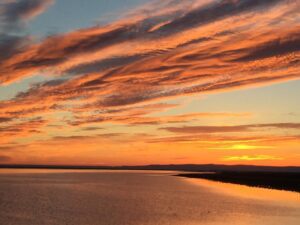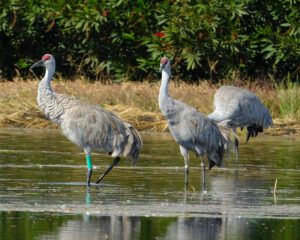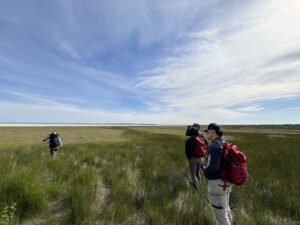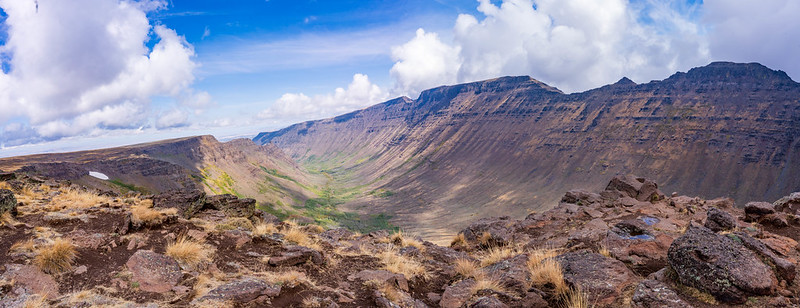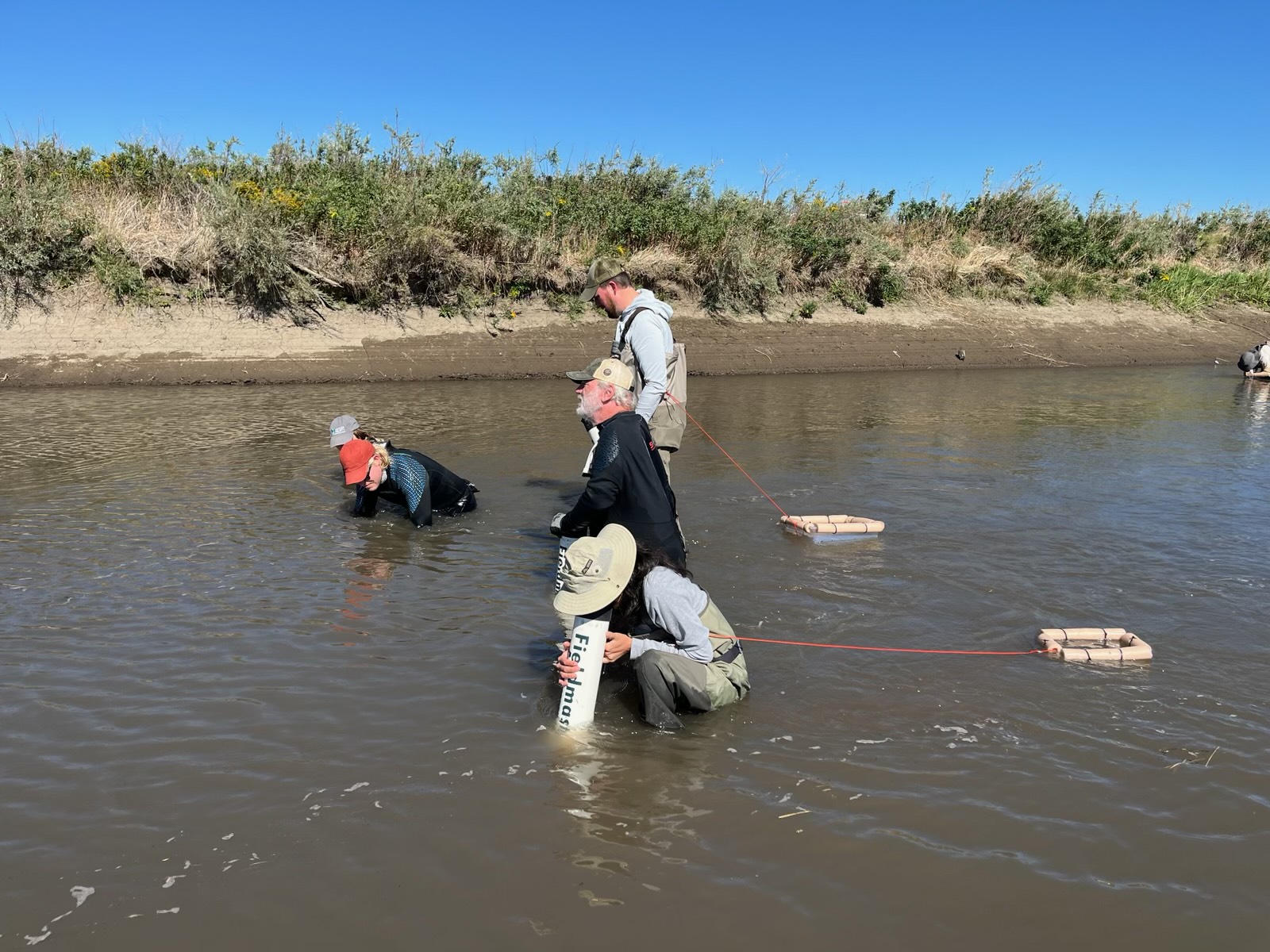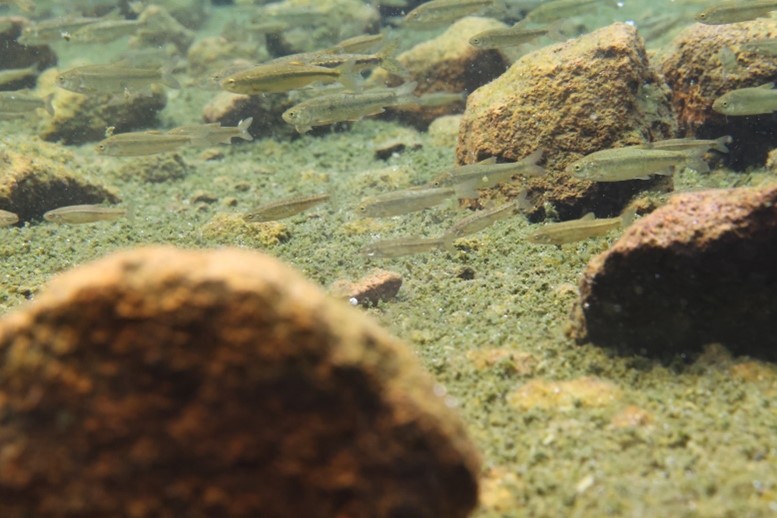
Those of us who enjoy wandering the arid landscapes east of the Cascades and Sierra Nevada know a secret about these places that is missed by many. Although dry by coastal standards, the emptiness of the Great Basin provides an absolutely essential pathway for huge numbers of migratory birds. And these birds rely on the region’s numerous terminal and often saline lakes – places like Malheur and Harney lakes.
These migratory patterns have persisted at least since the end of the Pleistocene Ice Age some ten thousand years ago, and during all that time the system has never been under more severe stress than it is right now. The problem is simple: the lakes are drying up – a change with profound implications for the birds that rely upon them. The causes behind the drying are anything but simple, however, but the primary engines of changes include human use (diversion) of incoming water for agriculture, decreasing precipitation, and warming temperatures, which lead to more rapid evaporation. Seeking a name for these combined phenomena, we often use the word “drought,” but that implies that the current problems are temporary and that a return to something more “normal” can be anticipated – an uncertain proposition at best.
The truth is that the future comes without guarantees – a fact as true for nature as it is for human endeavors. What we can do, of course, is try to understand what is happening. Enter the United States Geological Survey.
In August, the USGS announced a new effort to study twenty selected terminal lakes within the Great Basin through an approach known as Integrated Water Availability Assessment (IWAA). The goal here is to link current and anticipated water availability with the needs of wildlife and, especially, migratory birds. Two of the twenty lakes targeted for study include our own Harney and Malheur lakes. Other Oregon lakes receiving attention include Lake Abert, Silver Lake, Summer Lake, Warner Lakes, and Goose Lake, which Oregon shares with California. Another dozen or so lakes in the Great Basin portions of California, Nevada, and Western Utah will also be studied.
Along with our government partners here at Malheur National Wildlife Refuge, we are excited by the potential of this study to give us all a much more complete view of what is happening to the migratory birds that make our refuge such a special place. We’ll keep you informed as this study progresses.
Until next month – Wm. Tweed


